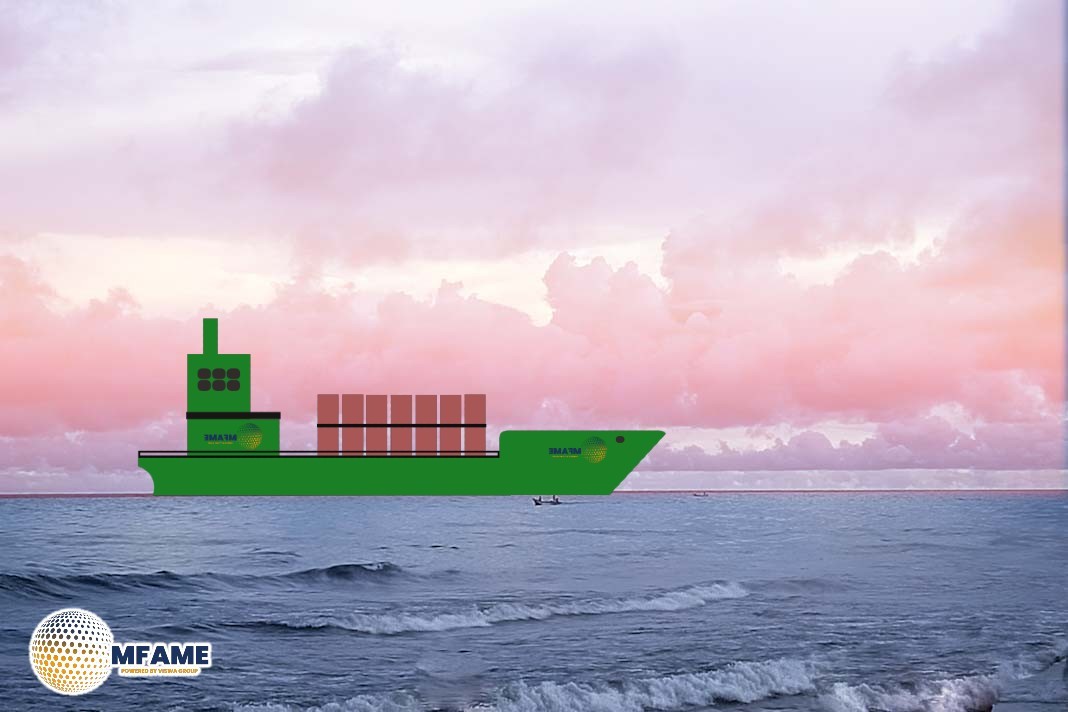- Mundra Port Becomes First in India to Cross 200 MMT Cargo Mark.
- India’s Port Sector Sets New Records with Mundra Leading the Way.
- Adani Ports Handles 450 MMT Cargo in FY25, Mundra Hits Historic High.
Gujarat’s Mundra Port, run by Adani Ports and Special Economic Zone (APSEZ), has made history by becoming the first Indian port to handle more than 200 million metric tonnes (MMT) of cargo in one financial year. The port in the 2024–25 fiscal year moved 200.7 MMT, which is a new national benchmark in port performance. March 2025 was especially significant, with the port handling 41.5 million tonnes of cargo—the highest-ever monthly volume. This remarkable spike was aided by a 19 per cent rise in container cargo and a 5 per cent increase in liquid and gas cargo, resulting in a total annual growth of 9 per cent, reports The Tribune.
Nationwide Growth for Adani Ports
Through its network, APSEZ posted robust performance during 2024–25, processing a total volume of cargo of 450.2 MMT. The company experienced substantial growth in both liquid-gas and container cargo volumes, with container movement increasing by 20 per cent and liquid-gas cargo by 9 per cent. These statistics reflect the increasing efficiency and scale of private port operations in India.
Vizhinjam Port Crosses a Key Milestone
Kerala’s Vizhinjam Port also achieved a major milestone by crossing 100,000 twenty-foot equivalent units (TEUs) handled during the financial year. This indicates the port’s increased capacity and its increasing prominence within India’s maritime infrastructure.
Enhancing Logistics Infrastructure
India’s logistics industry has also experienced a concurrent growth path. Rail traffic volumes stood at 0.64 million TEUs, with an 8 per cent increase, while General Purpose Wagon Investment Scheme (GPWIS) volumes reached 21.97 MMT, with a 9 per cent increase. These trends highlight the growing convergence between port activities and inland logistics, further improving supply chain efficiency.
Maritime Trade as a Catalyst for Economic Growth
India’s sea trade is experiencing a dramatic change. What was previously a mundane logistical activity—cargo handling—has now become a key driver of economic growth. With the use of sophisticated machinery, digital networks, intelligent ports, and automated logistics, Indian ports are transforming into global trade hubs. The emphasis has moved from labour-intensive, time-consuming processes to data-driven, real-time processes that significantly lower turnaround time and raise throughput.
India’s Role in International Shipping
While the country modernises its port infrastructure, it is also re-establishing itself as a hub for global trade. The deployment of advanced technologies, along with efficient planning and implementation, is aiding India to re-imagine its maritime prowess. Cargo handling is not only about moving cargo—it is about developing a robust, integrated economy. With all this happening so quickly, India is already positioning itself to be one of the world’s maritime giants.
Did you subscribe to our daily Newsletter?
It’s Free Click here to Subscribe!
Source: The Tribune
















